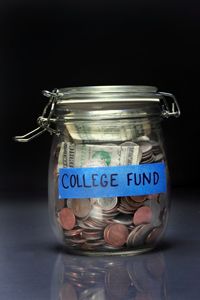For some college students, managing the money they receive serves as their first experience in money management. With a little discipline and critical thinking, managing and spending financial aid will help students get the most out of their college experience without causing headaches later in life. But if students make poor choices, there can be nasty consequences.
There are many types of financial aid: Scholarships, grants and loans are the most common. These types of aid come from different organizations. Students might apply for a scholarship directly from their own college. Alternatively, they might seek aid from a private organization that sets aside funds to help students. Private lending institutions arrange loans, which must be paid back later with interest.
Advertisement
Many of these organizations place restrictions on how the financial aid dollars they provide can be spent. In some ways, this may be beneficial to the student -- it eliminates the possibility that the student will mismanage the money. Common restrictions include using the money only to cover tuition, books, and room and board.
Many colleges will deduct automatically the cost of tuition from any financial aid they extend to students. The students never receive a check. Instead, they won't have to worry about paying a tuition cost. Several colleges follow the same procedure for on-campus housing. The student's financial aid money goes to cover the expense of staying on campus. On the positive side, the student never has to worry about paying the college. But it also means students don't have the opportunity to learn how to manage a budget.
Another common program among colleges and universities is a book credit. Some institutions give students a card similar to a credit card that's only valid within the school bookstore. Students can use these cards to buy textbooks, which tend to be expensive.
There are, however, situations in which a student will receive a check as part of financial aid. We'll take a look at these situations next.
Advertisement


